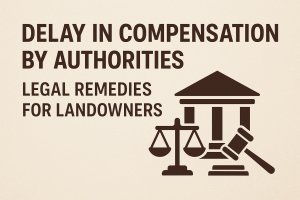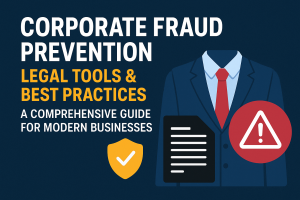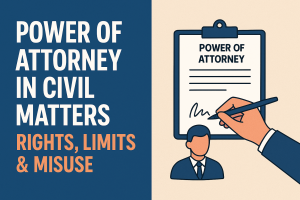Importance of NDAs in Business Deals & How to Draft Them Right
In today’s competitive and fast-paced business environment, information is power—and protecting that information is essential. Whether you’re a startup pitching your idea to investors, a company outsourcing a service, or entering into a joint venture, one legal document stands between your confidential data and potential misuse: the Non-Disclosure Agreement (NDA).
Let’s break down why NDAs are so important and how to draft them effectively.
What is an NDA?
A Non-Disclosure Agreement (NDA) is a legally binding contract that prohibits one or more parties from disclosing certain confidential information to others. It ensures that sensitive business information stays protected and cannot be used for unauthorized purposes.
NDAs can be:
- Unilateral – One party discloses, the other receives.
- Mutual – Both parties exchange confidential information.
- Multilateral – Involves more than two parties.
Why Are NDAs Crucial in Business Deals?
- Protects Sensitive Information
NDAs safeguard trade secrets, financial data, client lists, marketing strategies, and other proprietary information shared during a deal.
- Builds Trust
When both parties sign an NDA, it fosters mutual confidence, encouraging open and transparent business discussions.
- Prevents Misuse
NDAs help prevent the recipient from using your information for competitive advantage or personal gain. - Legal Recourse
If a party breaches the NDA, it gives you a solid ground to take legal action and claim damages. - Essential for Investors and Partnerships
Before discussing funding, M&A, collaborations, or joint ventures, NDAs create a safe space for idea-sharing.
Key Clauses in a Well-Drafted NDA
A good NDA isn’t just a formality—it must be airtight and clear. Here’s what you should include:
- Definition of Confidential Information
Clearly describe what counts as confidential—documents, designs, client data, financials, etc. - Obligations of the Receiving Party
Mention that the recipient must keep the information secret and use it only for the purpose intended. - Term/Duration
Specify how long the NDA will remain in effect—commonly between 2 to 5 years after disclosure. - Exclusions from Confidentiality
Information that is public, already known, or obtained legally from other sources is usually excluded. - Permitted Disclosure
Clarify if disclosure is allowed to employees, consultants, or legal advisors under specific conditions. - Consequences of Breach
Outline the legal remedies and penalties if confidentiality is broken—this acts as a deterrent. - Jurisdiction and Governing Law
Decide which court and law will govern any dispute that arises from the NDA.
Common Mistakes to Avoid
- Using a generic NDA template without customization
- Failing to define “confidential information” precisely
- Not specifying the time period
- Ignoring applicable local laws and enforceability
- Not getting signatures from authorized representatives
Conclusion
In the business world, an NDA is not just paperwork—it’s protection. It’s your first line of defense when sharing ideas, data, or strategy with any external party. Whether you’re running a startup, a growing company, or closing your next big deal, make NDAs a non-negotiable part of your process.
Want help drafting a tailored NDA for your business? Let our team assist you with airtight legal solutions.



